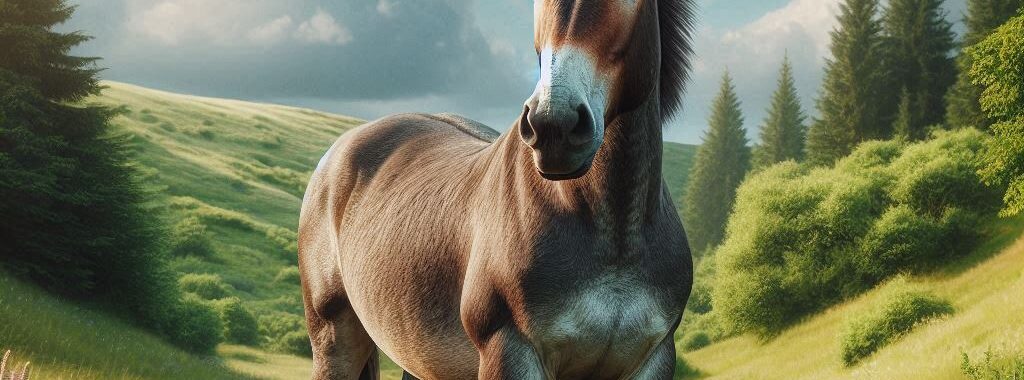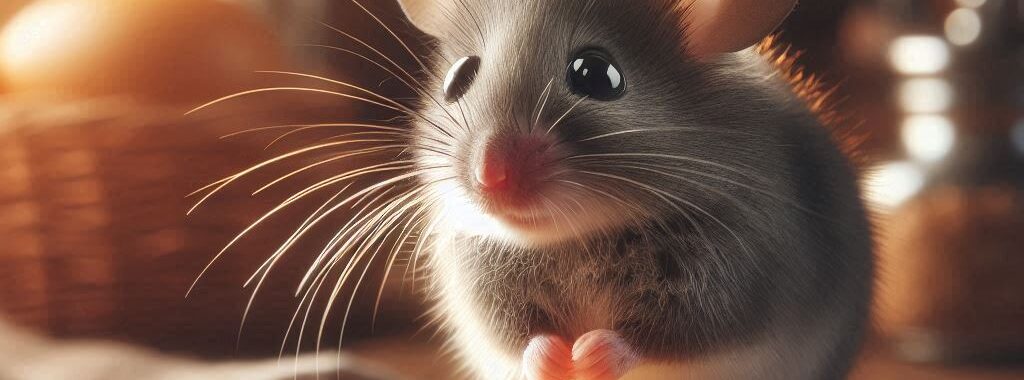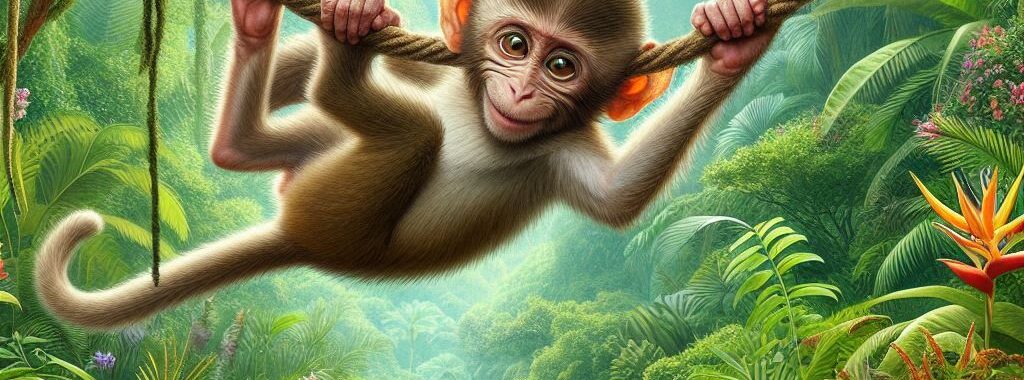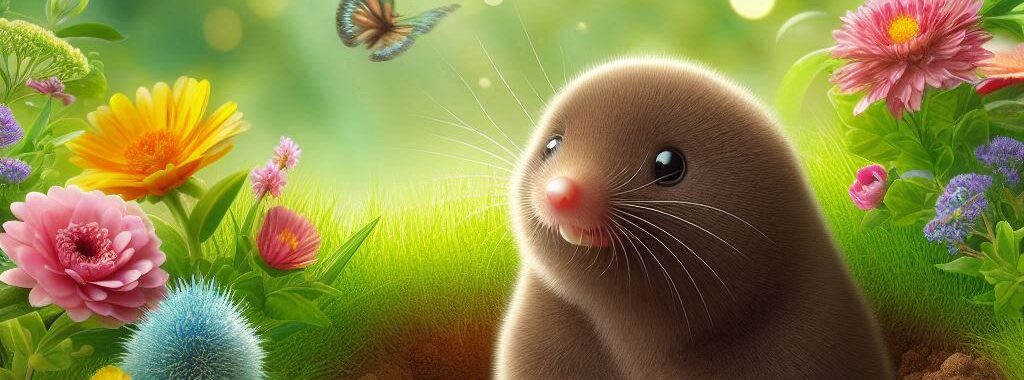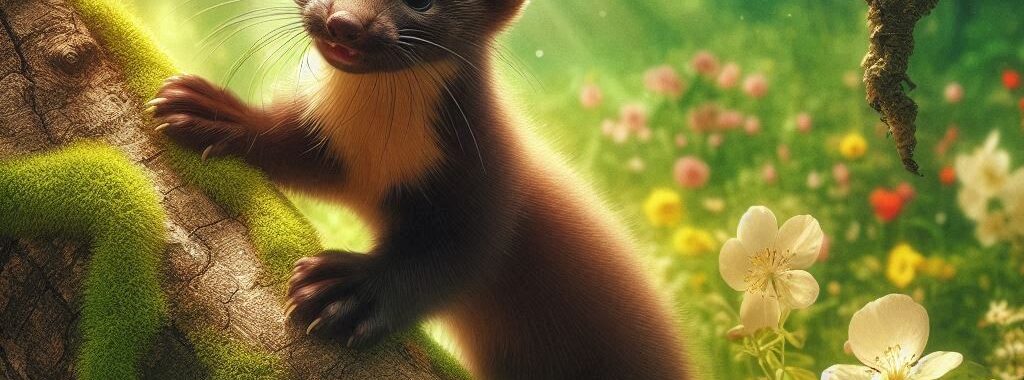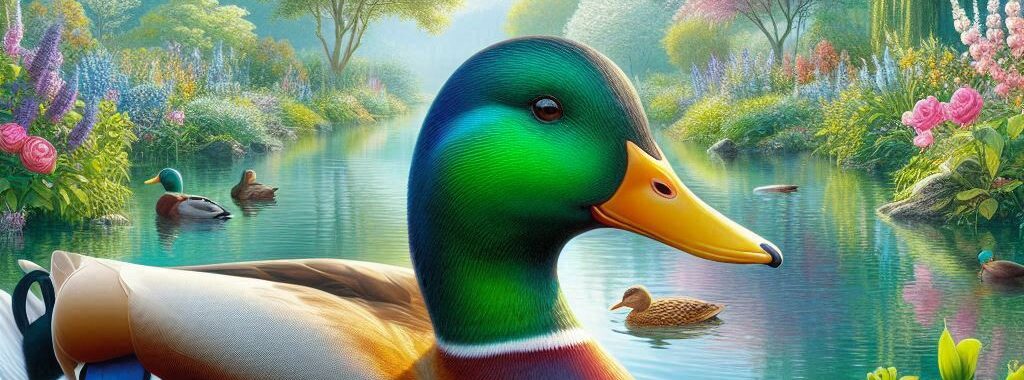Nightingale: A Comprehensive Overview Scientific Name: Luscinia megarhynchos Common Name: Nightingale Family: Muscicapidae Habitat: Woodlands, forests, scrublands, and gardens in Europe, Asia, and parts of North Africa Diet: Insects, spiders, worms, fruits, and seeds Lifespan: 2–3 years in the wild, but can live up to 8 years in captivity Conservation Status: Least Concern Introduction The […]
Continue ReadingMule
Mule: A Comprehensive Overview Scientific Name: Equus mulus Common Name: Mule Family: Equidae Habitat: Domesticated environments (farms, ranches, etc.) Diet: Herbivorous (grasses, hay, grains) Lifespan: 30–40 years Conservation Status: Least Concern Introduction The mule is a hybrid animal, the offspring of a male donkey (Equus asinus) and a female horse (Equus ferus caballus). Known for […]
Continue ReadingMouse
Mouse: A Comprehensive Overview Scientific Name: Mus musculus Common Name: House Mouse Family: Muridae Habitat: Urban areas, fields, forests, and grasslands Diet: Omnivorous (seeds, grains, fruits, insects, etc.) Lifespan: 1–3 years (in the wild); up to 4 years in captivity Conservation Status: Least Concern Introduction The mouse is a small rodent belonging to the Muridae […]
Continue ReadingMosquito
Mosquito: A Comprehensive Overview Scientific Name: Culicidae (family) Common Name: Mosquito Family: Culicidae Habitat: Stagnant water bodies, wetlands, marshes, and tropical environments Diet: Blood (females) and nectar (both males and females) Lifespan: 1-2 weeks (varies depending on species and environment) Conservation Status: Not endangered (due to their widespread distribution) Introduction Mosquitoes are small, flying insects […]
Continue ReadingMoose
Moose: A Comprehensive Overview Scientific Name: Alces alces Common Name: Moose Family: Cervidae Habitat: Forests, wetlands, and cold climates of North America, Europe, and Asia Diet: Herbivorous (vegetation, leaves, aquatic plants) Lifespan: 15–25 years in the wild Conservation Status: Least Concern (but populations are decreasing in some regions) Introduction The moose is the largest member […]
Continue ReadingMonkey
Monkey: A Comprehensive Overview Scientific Name: Varies by species (e.g., Cebus capucinus for Capuchin monkeys, Macaca mulatta for Rhesus macaques) Common Names: Monkey Family: Cercopithecoidea (Old World monkeys) or Platyrrhini (New World monkeys) Habitat: Rainforests, savannas, grasslands, mountains, and urban areas Diet: Omnivorous (fruits, leaves, insects, small animals) Lifespan: 15–45 years depending on species Conservation […]
Continue ReadingMole
Mole: A Comprehensive Overview Scientific Name: Talpa (e.g., Talpa europaea – European mole, Scalopus aquaticus – Eastern mole) Common Names: Mole Family: Talpidae Habitat: Underground burrows, grasslands, gardens, forests, and agricultural fields Diet: Carnivorous (primarily insects, earthworms, and small invertebrates) Lifespan: 3–6 years in the wild Conservation Status: Least Concern (generally, though local populations may […]
Continue ReadingMarten
Marten: A Comprehensive Overview Scientific Name: Martes species (e.g., Martes martes, Martes americana) Common Names: European Pine Marten (or simply Marten), American Marten Family: Mustelidae (Weasel family) Habitat: Forests, woodlands, mountainous areas, and sometimes urban fringes Diet: Omnivore (small mammals, birds, eggs, fruits, nuts, insects, and occasionally carrion) Lifespan: 8–10 years in the wild Conservation […]
Continue ReadingMallard
Mallard: A Comprehensive Overview Scientific Name: Anas platyrhynchos Common Name: Mallard Family: Anatidae Habitat: Freshwater lakes, rivers, ponds, wetlands, marshes, and estuaries Diet: Omnivore (mainly aquatic plants, small invertebrates, insects, seeds, and algae) Lifespan: 5–10 years in the wild Conservation Status: Least Concern Introduction The mallard (Anas platyrhynchos) is one of the most recognizable and […]
Continue ReadingMagpie
Magpie: A Comprehensive Overview Scientific Name: Pica pica (European Magpie) Common Name: Magpie Family: Corvidae Habitat: Woodlands, farmlands, urban areas, and grasslands Diet: Omnivore (insects, small animals, fruits, seeds, and human food) Lifespan: 3–5 years in the wild (can live up to 15 years in captivity) Conservation Status: Least Concern Introduction The magpie is a […]
Continue Reading

